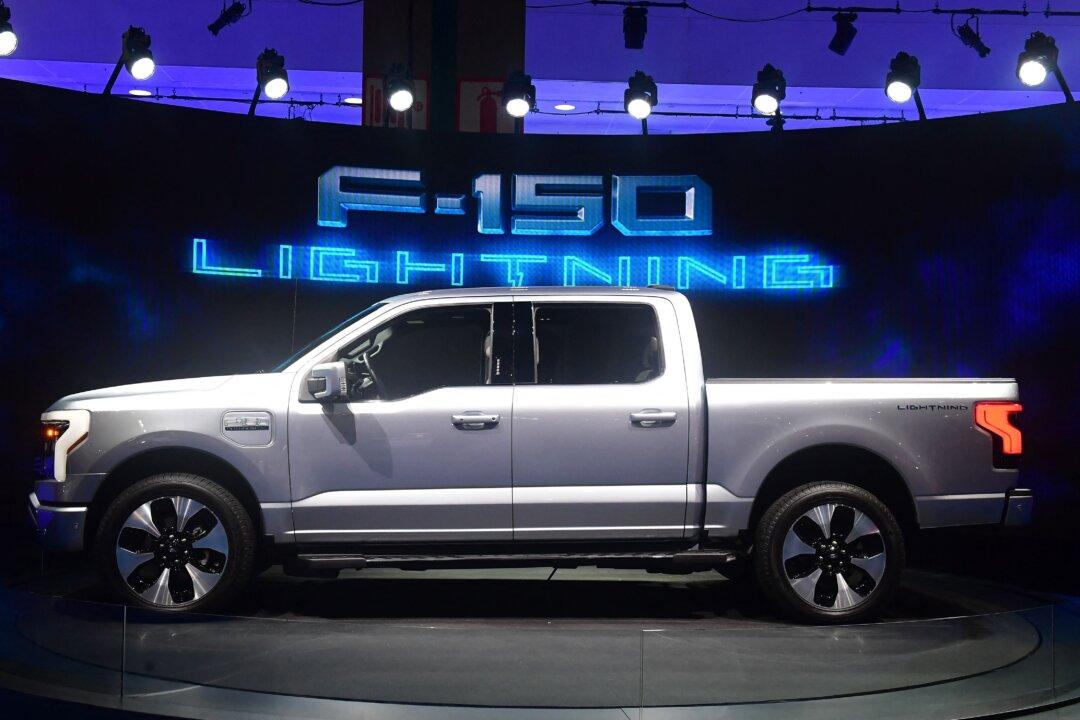Ford registered a marginal increase in profits for the second quarter of 2024, but the company’s share price tumbled after its earnings release amid poor performance on the electric vehicle (EV) front.
While the Michigan-based auto manufacturer reported a 3.8 percent increase in net income for the second quarter compared with the same quarter last year, the company’s EV division suffered a loss of $1.14 billion.





